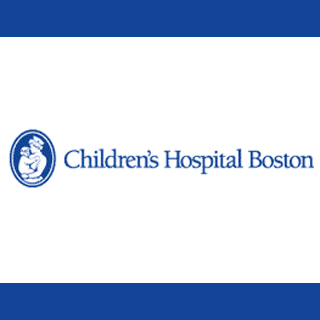
Expectant parents who apparently have family members suffering from ASDs, in addition to families who already have an affected child, appear to frequently ask for genetic testing. Nevertheless, there seems to be only restricted knowledge about real causative genes. The presently advised tests supposedly often come up negative. Chromosomal microarray analysis (CMA) is believed to be a genome-wide assay that appears to investigate the chromosomes for tiny, sub-microscopic deletions or duplications of DNA sequences called copy-number variants.
CMA provides around 100-fold greater resolution as compared to standard karyotyping. Nevertheless, since it is new, it may often be deemed to be a second-tier test. CMA may not be covered by health insurance, depending on where an individual lives or what insurance they encompass.
Bai-Lin Wu, PhD, Director of Children’s DNA Diagnostic Lab in the Department of Laboratory Medicine, which has offered CMA to families since 2006, commented, “Based on our findings, CMA should be considered as part of the initial clinical diagnostic evaluation of patients with ASDs.â€
The study team, headed by co-senior authors Wu, leading the Children’s team, and David Miller, MD, PhD, of Children’s Division of Genetics and Department of Laboratory Medicine, heading the Autism Consortium team, evaluated the diagnostic value of CMA in the biggest cohort to date i.e. roughly 933 patients with a clinical diagnosis of ASD who were supposedly given clinical genetic testing in 2006, 2007 and 2008.
It was observed that half were Children’s patients who had their samples presented to the hospital’s DNA Diagnostic Laboratory, and others were enlisted via an Autism Consortium. Almost half of the patients were believed to be detected with autistic disorder, virtually half with PDD-NOS and about 3 percent with Asperger disorder. Ages seemed to vary from 13 months to 22 years.
Testing involved the only presently used exams in addition to CMA. When the study authors pitted the tests’ diagnostic yield against each other they apparently discovered that Karyotyping appeared to give out irregular outcomes in roughly 2.23 percent of patients. It was noted that fragile X testing seemed to be abnormal in roughly 0.46 percent. CMA outcomes were judged to be irregular in approximately 7.3 percent of patients when the complete length of the chromosomes was sampled.
Extrapolating from these outcomes, the study authors approximate that devoid of CMA, genetic diagnosis may be missed in at least around 5 percent of ASD cases. CMA supposedly carried out best in particular subgroups like girls with autistic disorder. Past studies signify that it appears to have an elevated yield in patients with intellectual disability, who comprised of only 12 percent in the sample.
Additionally, by investigating bits of chromosomes that are said to be identified or replicated, CMA can assist experts to zero in on certain causative genes in that stretch of DNA. They can also start to categorize patients as per the type of deletion or duplication they have, and aim to determine particular treatment approaches for every sub-type of autism.
Two recognized chromosome locations on chromosome 16 (16p11.2) and chromosome 15 (15q13.2q13.3) supposedly reported roughly 17 percent of irregular CMA findings. Nevertheless, the experts observe that majority of copy-number alterations were unique or detected in just a small amount of patients. Majority of them are alleged to be linked to ASDs as they include vital genes, cover a huge area of the chromosome, or since the child is said to be the first person in that family to encompass the change.
The study was published in Pediatrics.
